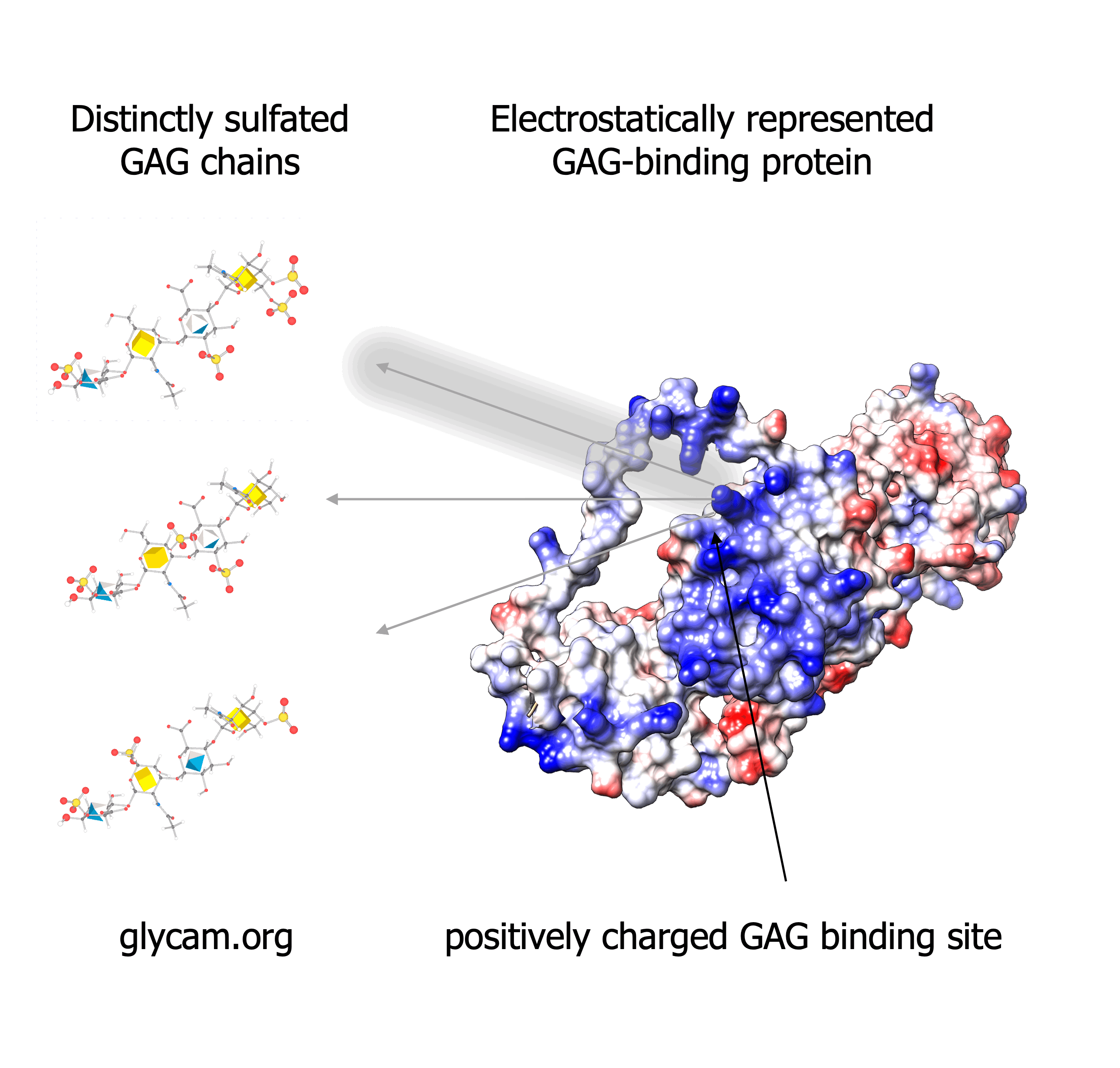
Directed evolution of split fluorescent proteins
Self-complementing split fluorescent protein (split FP) consists of FP1-10 and FP11 fragments, which are non-fluorescent by themselves. Upon self-assembly, they reconstitute fluorescence. Compared to a full-length FP, FP11 is >10 times smaller (~16 a.a.), making it a modular tag. By combining directed evolution in E.coli and circular permutation of FPs, I have engineered numerous color variants of split FP with distinct binding specificities. Due to its small size, FP11 can be integrated into the genome via CRISPR with minimal genomic perturbation, enabling efficient visualization of endogenous proteins. In addition, FP11 can be tagged to a protein of interest in tandem for signal amplification.

